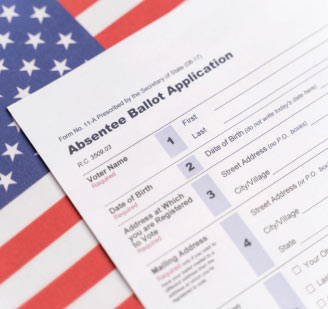The Attack on Farmers & Ranchers
No One is Talking About
Reprinted with permission from American Stewards of Liberty
Land under a conservation easement is no longer private property. The primary problem with conservation easements is that they willingly convey control of the property to a third party, rendering the fundamental right of “private property” void. Control of the land is the essential element of a property right, but when a landowner signs a conservation easement, they give this away
Conservation easements are more accurately defined as conservation “servitudes.” What the environmental community has labeled as a conservation easement (CE), more accurately meets the definition of a “conservation servitude.” CE’s create a “negative servitude” on the land by preventing the landowner from taking action on his property. In contrast, an “affirmative easement” allows the landowner to make active decisions and use of the land. For example, when a road easement (an affirmative easement) is conveyed across a property, the easement holder is guaranteed access, yet this limited right does not allow the holder to dictate what use the landowner will make of his property. Control of the property remains with the landowner.
That is not the case with a conservation easement, aka, “servitude.” In this case, the primary control of the land is to ensure the conservation purpose is met and not harmed by any other actions on the land. The landowner’s rights become sub-servient to the conservation purpose. However, using the term “servitude” instead of “easement,” would dissuade many landowners from considering the agreement. It is not surprising that the environmental community chose the more palatable, yet less accurate, terminology





